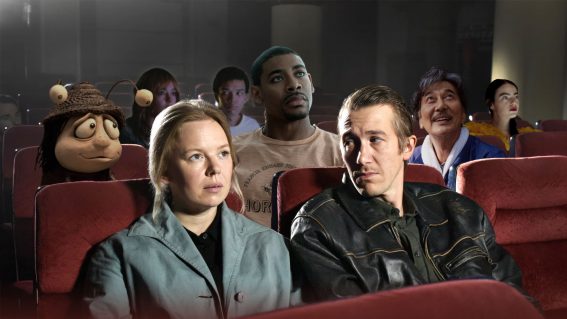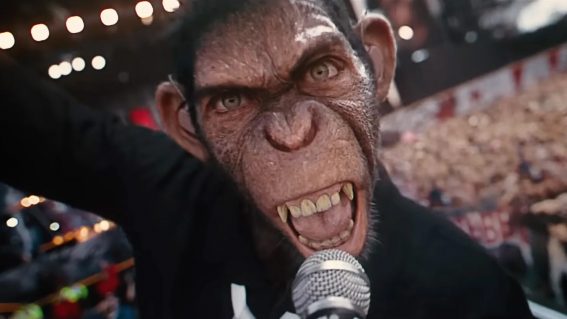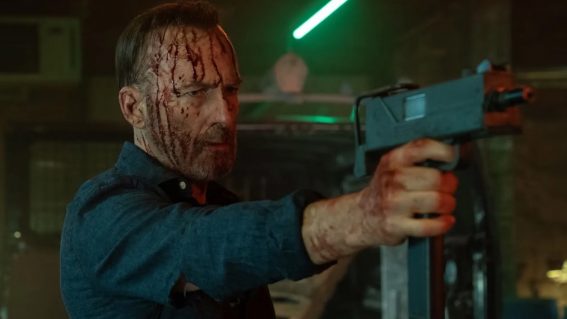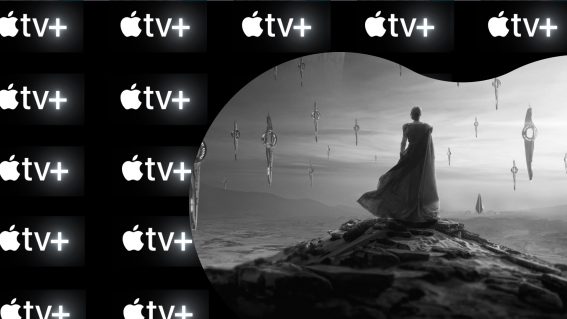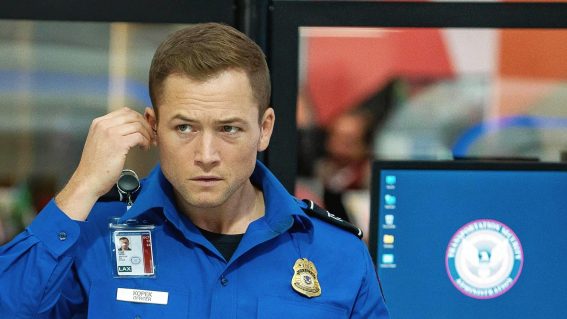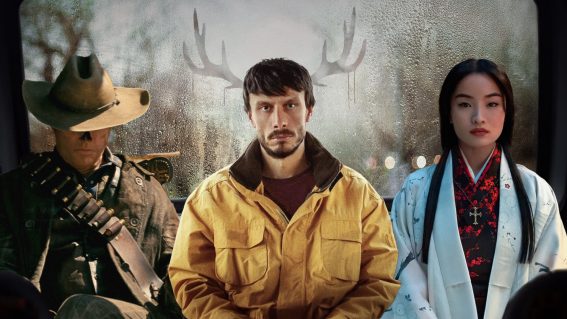Three plane crash scenes better than the one in Plane
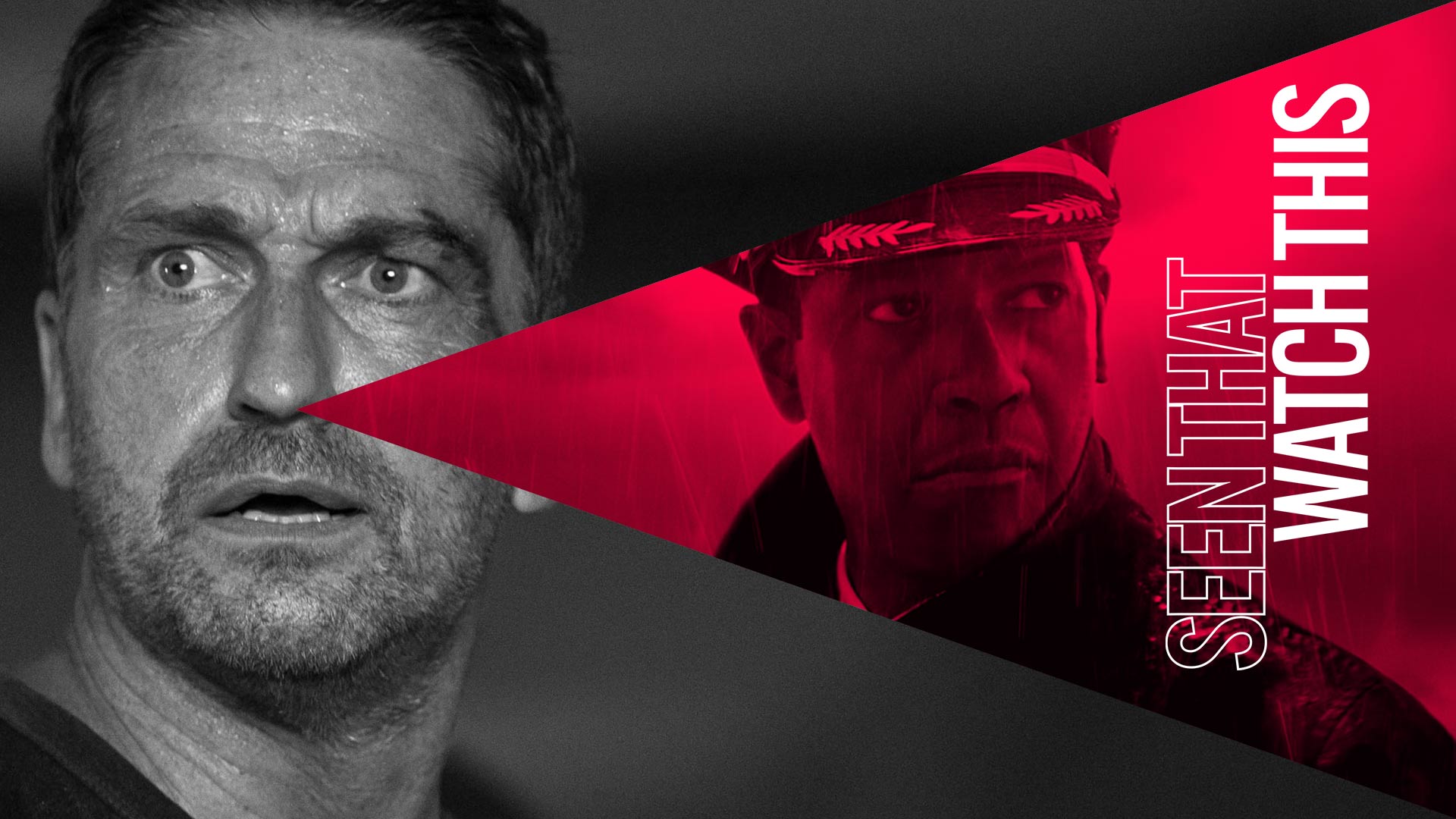
Seen That? Watch This is a weekly column from critic Luke Buckmaster, taking a new release and matching it to comparable works. This week, unmoved by Gerard Butler’s latest film Plane, he revisits three of the best plane crash scenes in movie history.
Plane (2023)
Gerard Butler is, I think, the kind of person you want piloting a plane when disaster strikes. I softened that statement with “I think” because doubt struck as soon my fingers touched the keyboard. Butler’s beekcake physique and stoic style projects courage, determination, hardened resolve, solid work ethic. These are admirable qualities for a pilot navigating danger. But the Scottish actor also resonates a rather hotheaded kind of gallantry, as if he believes he could punch his way out of any situation.
In Plane, Butler plays pilot Brodie Torrance, who attempts to endear himself to his passengers by cracking a joke over the PA, quipping that he’ll take off “just as soon as I learn a few pages of this flight manual.” It becomes clear, however, that he’s a good man for the job. Shame about the whole plane crashing thing. The film emphasises that the crash (which occurs early in the runtime) was the fault of the company, trying to cut corners by sending the plane through bad weather, rather than the fault of the protagonist. He even manages to safely navigate it onto a remote island. But alas! That island is populated by violent mercenaries. This is where Butler’s fist-flinging alpha-ness kicks in: he does indeed, more or less, punch his way through various scenarios.
The crash scene isn’t badly staged. Director Jean-François Richet ticks the expected boxes, cutting between Torrance cursing, sweating and clutching the yoke with an iron grip, and pandemonium in the cabin—where a couple of bozos unclip their seatbelts and are tossed around like salad ingredients. There’s flashing lights, visions of intense weather, exterior shots of the vehicle going down. This scene is fine: it’s functional, it works. But, like the film itself, it’s rather unadventurous and will be forgotten by the time the next movie plane crash unfolds.
So, what does a truly memorable plane crash scene look like? Buckle up and gobble down some valium, because things about to get turbulent.
The Grey (2012)
Stylistically this is a great plane crash scene: bold crafted and intensely visceral. Director Joe Carnahan tunes it to the psychology of Liam Neeson’s hard-bitten hero John Ottway, burrowing into his psyche and sharing his personal space. The scene is bookended with visions of Ottway dreaming about his wife, beginning with a shot of the couple lying in bed, his head nestled above her chest. This tranquil image is violently counterparted when a jolt wakes Ottway up and he discovers the plane tumbling down.
Images of chaos in the cabin are brief and fragmentary. This scene is violently destabilised and there’s nothing to hold onto. Buckling up but probably knowing his chances are slim, Ottway finds time to observe the cover of an in-flight magazine depicting a smiling couple wearing novelty antlers: another way for Carnahan to contrast dreamy idyllicism with cold-hard reality. Glass shatters, passengers scream. The frame itself feels pulverised. Carnahan cuts to a blurry close-up of Ottway, his face upside down, the snow-tipped trees seen through the window getting rapidly closer. The last image, before Ottway wakes up in the snow, is an under-the-covers shot of him holding his wife’s hand: a soft image to precede a hardcore survival story.
Flight (2012)
Ideologically this is a great plane crash scene, because it’s underpinned by an unusual and challenging idea. Denzel Washington’s pilot, Captain Whip Whitaker, performs a daring manoeuvre that saves many passengers’ lives, flipping his plane upside down to slow the dive before crash-landing in a field. “The way you landed that plane was nothing short of a miracle,” he’s told as he lies in hospital. Except the reason Whitaker had the courage to perform this ingenious move was because he was a little bit loaded—snorting coke pre-flight, and secretly drinking a screwdriver while on the job. Thank god the pilot is a drug fiend!
Like Joe Carnahan in The Grey, director Robert Zemeckis reveals glimpses of chaos but sticks close to his protagonist. The plane flipping upside-down triggers the strange sight of people without seatbelts falling onto the plane’s ceiling. This is quite a scene. It, and indeed the rest of the film, benefits immeasurably from Washington’s performance: he’s so good at giving troubled people a softly relatable charm. The script eventually becomes a little moralistic and neat, but the film presents a surprisingly nuanced perspective on drug use and addiction.
Airplane! (1980)
Comedically this is a great plane crash scene, which lasts for almost the entire film: a rolled-gold classic of the spoof comedy genre. It takes place on a plane where almost everybody ate fish for dinner. This is narratively important, because a severe case of food poisoning knocks out almost everybody other than Ted (Robert Hays), a war veteran with a drinking problem—in that every time he takes a drink the liquid misses his mouth. That might not sound funny, but Airplane! is hilarious, packed full of absurd moments and callback gags. Iconic jokes include one about picking the wrong week to quit drinking, and Leslie Nielsen’s “don’t call me Shirley” exchanges.
While the plane is in-flight and in-trouble, the media get wind of it and report stories of doom—a newspaper front page declaring: “PASSENGERS CERTAIN TO DIE.” Ted eventually musters up the courage to take control of the cockpit, telling the air traffic controller who’s boss, but messing up his metaphors (“I guess the foot’s on the other hand now!”). He more or less lands the plane safely, though you wouldn’t call it a smooth landing. In fact he’s told it’s “the lousiest landing in the history of this airport.” Thankfully, the film itself is great.












